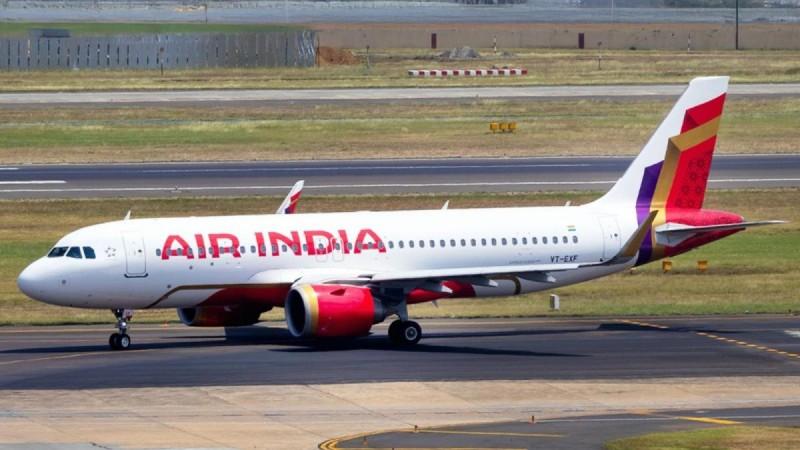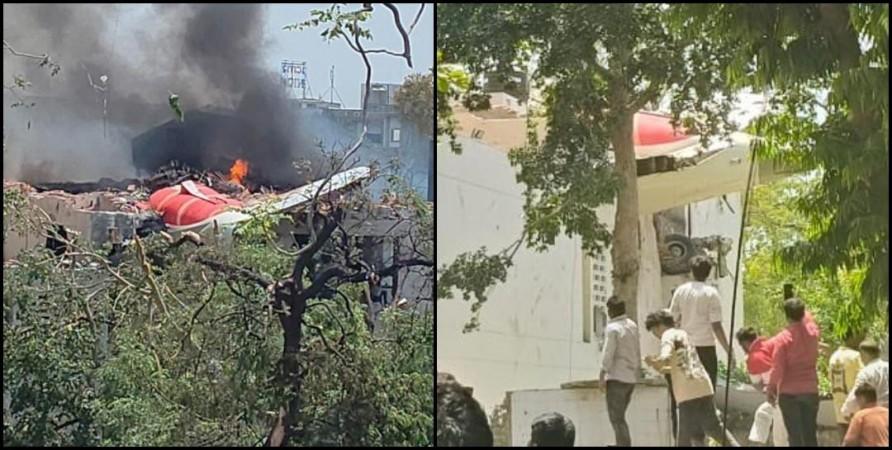
Air India has successfully concluded precautionary inspections on the fuel control switch (FCS) locking mechanisms of its Boeing 787 and Boeing 737 aircraft. This action was taken in response to safety concerns following a tragic crash involving an Air India Boeing Dreamliner in Ahmedabad last month, which resulted in the loss of 260 lives. The inspections were conducted in compliance with directives from India's Directorate General of Civil Aviation (DGCA) issued earlier this month.
The airline confirmed that no issues were detected during these inspections. "Air India has completed precautionary inspections on the locking mechanism of the Fuel Control Switch (FCS) on all Boeing 787 and Boeing 737 aircraft in its fleet," the airline stated. These inspections began on July 12 and were completed within the timeframe set by the DGCA. The results have been communicated to the regulator, ensuring full compliance with the safety directive.
The tragic crash in Ahmedabad on June 28 was a pivotal moment that prompted these inspections. A preliminary report by the Air Accidents Investigation Bureau (AAIB) revealed that the aircraft's engines shut down just moments after take-off due to a sudden disruption in fuel supply. Investigators traced the cause to a malfunction in the fuel control switches, which unexpectedly shifted from 'Run' to 'Cutoff' mode, cutting off engine power.
Global Aviation Response
In response to the DGCA's directive issued on July 14, Air India and its low-cost subsidiary, Air India Express, initiated immediate voluntary inspections. These inspections were not limited to Air India alone; several international carriers, including Emirates, have also conducted similar checks on their Boeing aircraft as a precautionary measure, even though the Federal Aviation Administration (FAA) has not issued any new airworthiness directive. The American regulator has assured global aviation authorities that the fuel control switch design remains safe.

The Boeing 737 aircraft, which were also inspected, are part of the Air India Express fleet. With the inspections now complete, both Air India and Air India Express have informed the DGCA and fully complied with the safety directive. "Air India remains committed to the safety of passengers and crew members," the airline reiterated in a statement.
The inspections and subsequent findings have been a relief to the aviation community, especially in light of the tragic crash. The AAIB's preliminary report, published on July 12, is available on its official website. It highlights the importance of thorough investigations and the need for adequate time to carry them out. The report also emphasizes the significance of publishing findings in a timely manner for the benefit of the aviation industry.
The crash has revived discussions about the need for additional safety measures, such as flight deck cameras or cockpit image recorders, on commercial aircraft. These devices could provide valuable insights during investigations by capturing video footage of the cockpit. The incident has also sparked debates about the role of pilots and the potential for human error in such tragedies.
In the aftermath of the crash, there has been a call for improved Standard Operating Procedures (SOPs) to prevent similar incidents in the future. A high-level multidisciplinary committee has been formed by the Ministry of Civil Aviation to examine the causes of the crash and recommend enhancements to existing SOPs.
Regulatory oversight
The DGCA has also played a crucial role in ensuring compliance with safety directives. The regulator has issued multiple directives to airlines, both domestic and international, to complete necessary inspections and maintenance tasks. The DGCA's proactive approach has been instrumental in maintaining the safety and reliability of the aviation sector in India.
The aviation industry is inherently complex, and incidents like the Ahmedabad crash highlight the importance of continuous vigilance and adherence to safety protocols. The ongoing investigation into the crash is expected to provide further insights into the factors that contributed to the tragedy. As the investigation progresses, it is crucial for all stakeholders to avoid drawing premature conclusions and to focus on implementing effective solutions to prevent future incidents.
Related








